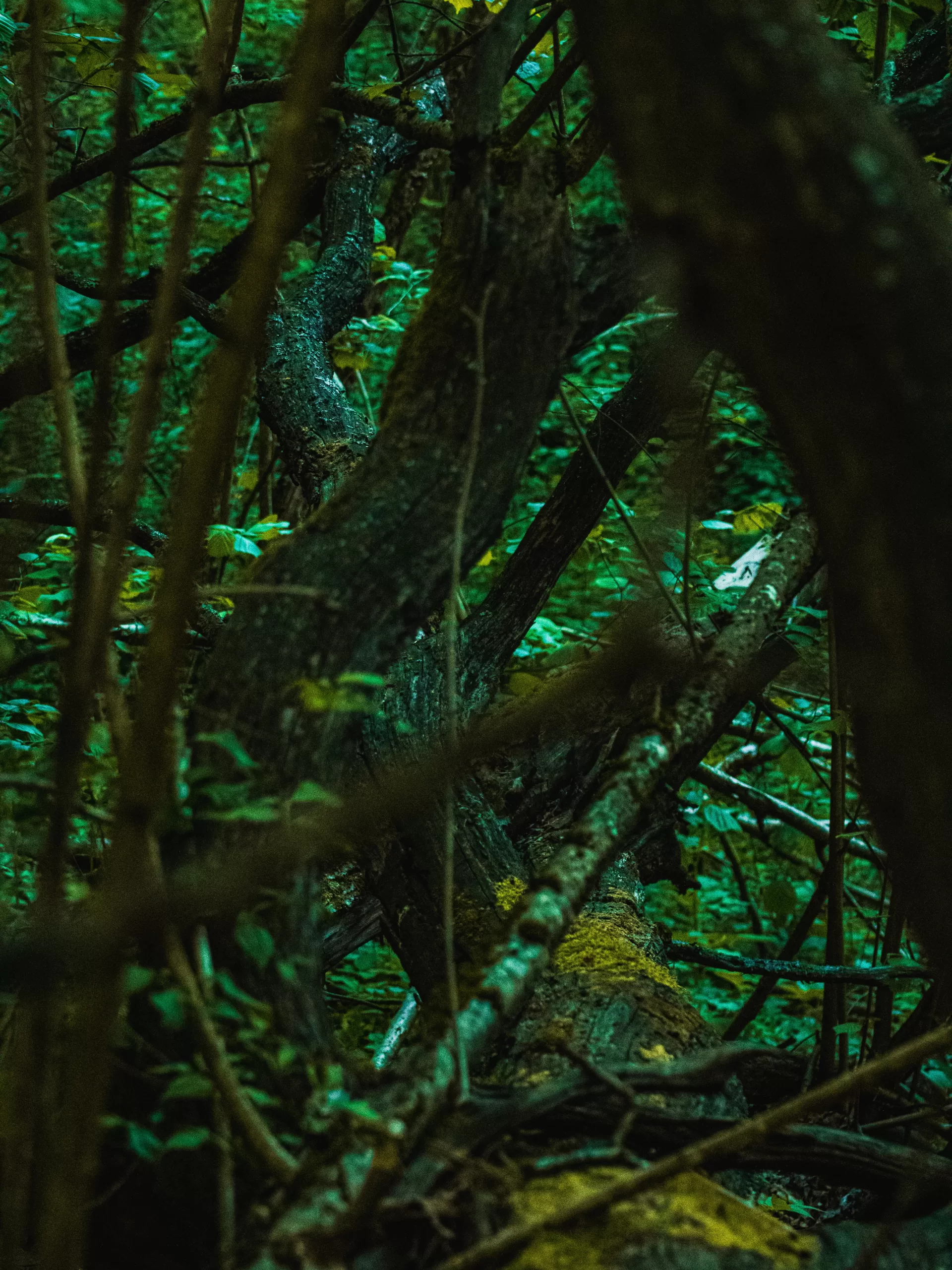Exploring the Wild Side – An Overview of Into the Wild
Into the Wild, written by Jon Krakauer, is a captivating non-fiction book that tells the story of Christopher McCandless, a young man who ventured into the Alaskan wilderness in search of adventure and self-discovery. McCandless’s journey, however, ended tragically, highlighting the importance of proper preparation and survival skills when venturing into extreme wilderness expeditions. This article aims to provide comprehensive survival tips for those who are planning to explore the wild side, drawing inspiration from McCandless’s story and the lessons learned from his ill-fated adventure.
Understanding the Call of the Wild: The Story of Christopher McCandless
Christopher McCandless’s story is one of idealism, wanderlust, and the desire to break free from societal constraints. After graduating from college, McCandless embarked on a journey across the United States, eventually making his way to Alaska. His ultimate goal was to live off the land and experience the raw beauty of nature. However, his lack of preparation and survival skills led to his demise. McCandless’s story serves as a cautionary tale, emphasizing the importance of understanding the risks and challenges associated with wilderness expeditions.
Preparing for the Unknown: Essential Gear and Equipment for Wilderness Expeditions
Before embarking on any wilderness expedition, it is crucial to have the right gear and equipment. This includes a reliable backpack, appropriate clothing for the weather conditions, a sturdy tent, a sleeping bag, a water filtration system, a compass, a map, a first aid kit, and a reliable means of communication. It is also essential to research and understand the specific gear requirements for the particular environment you will be exploring.
Navigating the Uncharted: Top Navigation Techniques for Remote Locations
Navigating through remote locations can be challenging, especially when there are no marked trails or landmarks. It is crucial to learn and practice navigation techniques such as using a compass and map, understanding topographic maps, and utilizing GPS devices. Additionally, learning how to read natural signs, such as the position of the sun and stars, can be invaluable in determining direction and finding your way back to safety.
Finding Food and Water: Survival Strategies for Sustenance in the Wild
Finding food and water is essential for survival in the wild. It is crucial to learn about edible plants, berries, and mushrooms that are safe to consume in the specific region you are exploring. Additionally, knowing how to fish, hunt, and set traps can provide a sustainable source of food. However, it is important to research and understand local regulations and restrictions regarding hunting and fishing. Regarding water, it is essential to locate and purify water sources to avoid dehydration and waterborne illnesses.
Building Shelter: Mastering the Art of Wilderness Accommodation
Building a shelter is crucial for protection against the elements and wildlife. It is important to learn different shelter-building techniques, such as constructing a debris shelter, a lean-to, or a tarp shelter. Understanding the local environment and available resources is essential for selecting the most suitable shelter design. Additionally, learning how to properly insulate the shelter and create a fire pit inside can help maintain warmth during cold nights.
Firecraft: The Importance of Fire and How to Start One in Extreme Conditions
Fire is not only essential for warmth but also for cooking food, purifying water, and signaling for help. It is crucial to learn how to start a fire using various methods, such as friction-based techniques like the bow drill or flint and steel. Additionally, understanding fire safety and proper fire management is essential to prevent wildfires and ensure personal safety.
Wildlife Encounters: Safety Tips for Dealing with Animals in the Wild
Encountering wildlife in the wild can be both thrilling and dangerous. It is important to research and understand the behavior of the local wildlife, including potential threats and how to avoid confrontations. Keeping a safe distance, properly storing food to prevent attracting animals, and knowing how to react in the presence of different animals are crucial skills for wilderness survival.
First Aid in the Wilderness: Essential Medical Skills for Remote Locations
In remote locations, access to medical help may be limited or non-existent. Therefore, it is crucial to have basic first aid knowledge and skills. This includes understanding how to treat common injuries such as cuts, burns, sprains, and fractures. Additionally, learning how to identify and treat common wilderness ailments such as hypothermia, heatstroke, and dehydration is essential for maintaining personal health and safety.
Mental Preparedness: Overcoming Isolation and Loneliness in the Wild
Surviving in the wild requires not only physical strength but also mental resilience. Isolation and loneliness can take a toll on one’s mental well-being. It is important to prepare mentally for the challenges of being alone in the wilderness. This includes developing coping mechanisms, practicing mindfulness, and maintaining a positive mindset. Additionally, having a clear purpose and setting achievable goals can help maintain motivation and mental stability.
Leave No Trace: Environmental Ethics and Responsible Wilderness Exploration
Responsible wilderness exploration involves adhering to the principles of Leave No Trace. This means minimizing our impact on the environment by practicing proper waste disposal, respecting wildlife and their habitats, and leaving natural resources untouched. It is crucial to understand and follow local regulations and guidelines to ensure the preservation of the wilderness for future generations.
Lessons from Into the Wild: Reflecting on the Tragic Tale and Its Survival Lessons
The story of Christopher McCandless serves as a powerful reminder of the importance of proper preparation, survival skills, and respect for the wilderness. McCandless’s tragic end highlights the need for thorough planning, understanding the risks, and acquiring the necessary knowledge and skills before embarking on extreme wilderness expeditions. By learning from his mistakes and following the survival tips outlined in this article, adventurers can increase their chances of a safe and fulfilling wilderness experience.



